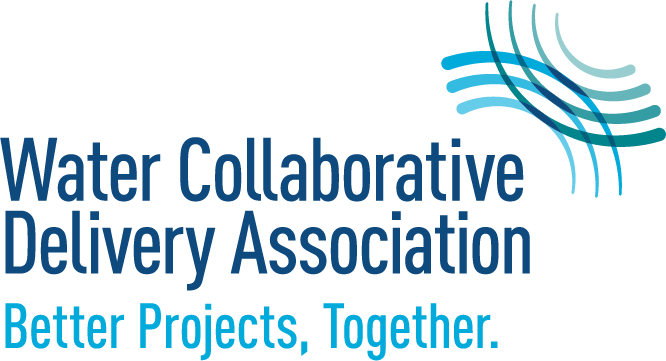If you ask anyone in the water collaborative delivery world what their ideal project would be it would likely involve a large green field, untouched by previous industry, ideally suited for a treatment facility. Unfortunately, we often work to renovate existing facilities which have been patchworked together over many projects and multiple teams and contain scope items which are undefined and handled as allowances. These allowances, if not properly managed, can result in cost overruns or change orders. Two common allowance items are the abatement of hazardous materials and the assessment and repair of concrete structures.
Early in the process, when owners are preparing their tender documents and collaborative delivery firms are preparing their bids, it can be difficult to accurately define the scope of work associated with hazardous material abatement and concrete repair. Determining the location, extent, and characteristics of hazardous material which may be encountered can be time consuming and costly. Similarly, in a functioning treatment facility it can be difficult to take tanks offline to conduct concrete condition assessments. As a result, owners often provide for these and other undefined scope items to be completed under an allowance.
As discussed in the Water and Wastewater Collaborative Delivery Handbook, Implementation Guide 9-12, an allowance is money allocated for a known scope of work that has not been sufficiently defined to provide an accurate cost. Allowance money belongs to the owner and any unused funds at the end of the project are returned to the owner. At the outset of a collaborative delivery project, the owner and collaborative delivery firm should work together to estimate the value of allowance work. Estimating the value of the allowance work introduces risk to the collaborative delivery project and undervaluing the work can result in costs exceeding the allowance amount. This scenario can leave owners scrambling to find additional funds to cover the cost to complete the work leading to delays and potentially leaving work unfinished. The collaborative delivery firm can play a critical role in mitigating the risks associated with allowance work by including experts or subcontractors who are specifically trained in handling the types of allowances being used by the owner.
Mitigating risks starts early in the delivery process by building the proper team. For example, in the case of hazardous materials, the collaborative delivery firm should include members who are experts in the identification and handling of hazardous materials. Regulations regarding hazardous materials can be complicated and requires specific and specialized knowledge. When collaborative delivery firms try to manage these efforts without expert input it can lead to significant wasted efforts resulting in potential allowance overruns and schedule impacts.
Another scope item that is typically handled as an allowance is the rehabilitation and assessment of concrete structures. Collaborative delivery firms should retain a qualified expert, experienced in the collection of concrete samples and their analysis. A qualified expert can identify the optimum number of samples to properly characterize a structure without wasted effort. The team should also include structural engineers who are specifically experienced in the rehabilitation of treatment plant concrete structures. Their previous experience can save time during the assessment phase and potentially save money by recommending repairs that incorporate lessons learned from previous projects.
A good practice to mitigate allowance risk is to determine the actual scope of the allowance work as early as possible in the project. For example, identification and characterization of hazardous materials should be completed in the design phase so that an accurate abatement cost can be determined. This gives the owner time to reallocate or obtain additional funds, if required, before work even begins.
Similarly, concrete assessments should also be done as early as possible but may not be feasible until the start of construction, depending on the ability to take processes offline. Using the experience of the condition assessment and structural engineer is critical. Consider performing a desktop analysis early in the design using historical records, visually assessing exposed portions, and considering the service of the structure to identify potential problem areas which should be assessed as early as possible.
As always, communication is a key factor in mitigating allowance risk. The collaborative delivery firm should provide regular updates to the owner including projected allowance costs and early notification of potential overruns. Leveraging the knowledge of experts along with clear and consistent communication will greatly mitigate the allowance risk to the owner and provide a finished project the entire collaborative delivery team can be proud of.
Mitigating Risk Associated with Allowances in Collaborative Delivery

